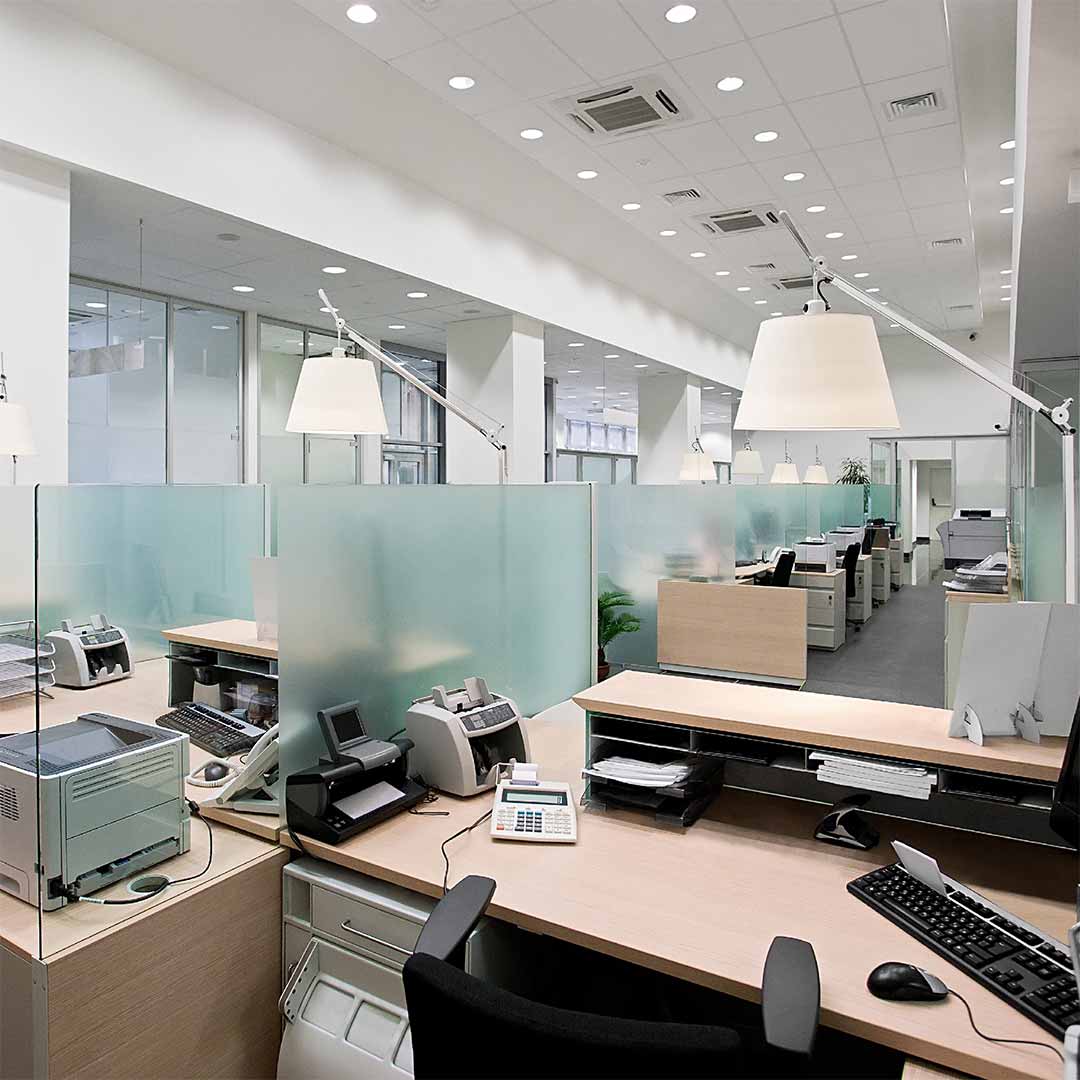STEF Italia – safe offices with Nanohub
After verifying with the analysis of an independent laboratory the effectiveness of NANOHUB devices in a real environment, STEF ITALIA has chosen to sanitize…
INDOOR AIR QUALITY
– Indoor air plays directly or indirectly a major role for the well-being of people; it represents one of the main determinants of people’s health, considering that frequently the pollution exposure is higher indoor rather than outdoor environments. Apart from outdoor air quality, indoor air quality depends on the presence of internal emission and release of contaminants, with a concentration of chemical and biological pollutants which may influence their characteristics.
INDOOR AIR AND COVID19 – In response to the recent health emergency for the SARS-CoV-2 virus diffusion, a recent document of the ISS (National Institute of Health) declares that “Given the current national situation – that has led to the introduction of public health measures, among which social distancing, limiting people’s movement and distancing from their residence, essential measures to prevent, block and postpone the diffusion of SARS-CoV-2 pandemic, the virus that causes COVID-19 – air quality in indoor environments assumes a major importance in the protection, defence and prevention of both citizens’ and workers’ health”.
In the numerous buildings and spaces in which several activities and functions are implemented (such as housing, offices, health facilities, pharmacies, para pharmacies, banks, post offices, supermarkets, airports, train stations and public transportation) it is useful to promote processes seeking at acquiring attitudes and measures for health prevention. In general, in every condition, adequate behavioural norms play a fundamental role in improving indoor air quality and they take on a relevant meaning in spaces, especially to contain and slow the SARS-CoV-2 transmission (ISS Report COVID-19 n. 5/2020).



Increased awareness has therefore emerged on the issue of air quality in indoor environments, even in virtue of some prevention measures introduced to lower the risk of infection involving the isolation of people in enclosed places, at workplace or at home. By doing so, increasing the presence in indoor environments, the pollutants concertation increases and the risk of virus transmission too.
Moreover, it should be stressed out that viruses are one of the most common cause of infectious diseases transmitted in indoor environments, mainly because of their high infectiousness characteristic and their environmental resistance. However, research of viruses in indoor environments, in the air and on surfaces, is not carried out daily due to the wide variety of existing viral groups, to the great differences between them, in terms of virulence and pathogenicity, and, most of all, due to the lack of standard protocols for their detection.
Lately several measures of control were introduced to manage the epidemiological emergency, to sanitize environments aimed at containing human contagion. In the “ISS Report COVID-19 n. 5/2020” it is expressly stated that “concerning sanitization, in respect to the regulations in force, is meant the complex of procedures and operations of cleaning/disinfection and the maintenance of a good air quality”.
ISS GUIDELINES FOR THE GOOD AIR QUALITY – The ISS underlines and suggests some actions for the periodic sanitization of rooms through the implementation of technologies using ozone, chlorine, peroxide or UVC rays, which can be realized only in absence of people and with qualified personnel for the use of those technologies. The ISS also recommends some products for cleaning, sanitising and disinfection of surfaces – but concerning the maintenance of good air quality the regulations only specify the period air change (air renewal) and some rules for the use of air conditioning systems.
In particular, the air renewal normally occurs by substituting the air taken from outside through simple operations such as opening the windows or activating mechanical ventilation systems for filtering or treating air from a thermal or hygrometric point of view before the release into the environment.
After verifying with the analysis of an independent laboratory the effectiveness of NANOHUB devices in a real environment, STEF ITALIA has chosen to sanitize…
INSPIRING COLLABORATION BETWEEN EDUCATIONAL INSTITUTIONS AND LOCAL COMPANIES. September 2021- The year of experimentation that saw the Metropolitan City of Milan and Nanohub join…
THE PHOTOCATALYSIS is a natural phenomenon in which a substance, known as photocatalyst, modifies the speed of a chemical reaction through the action of…